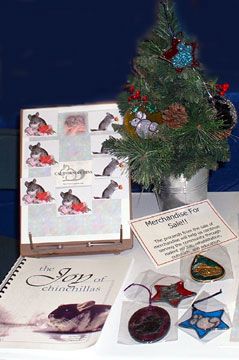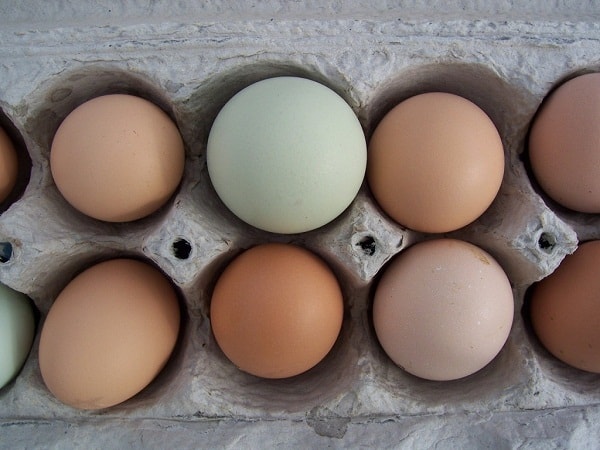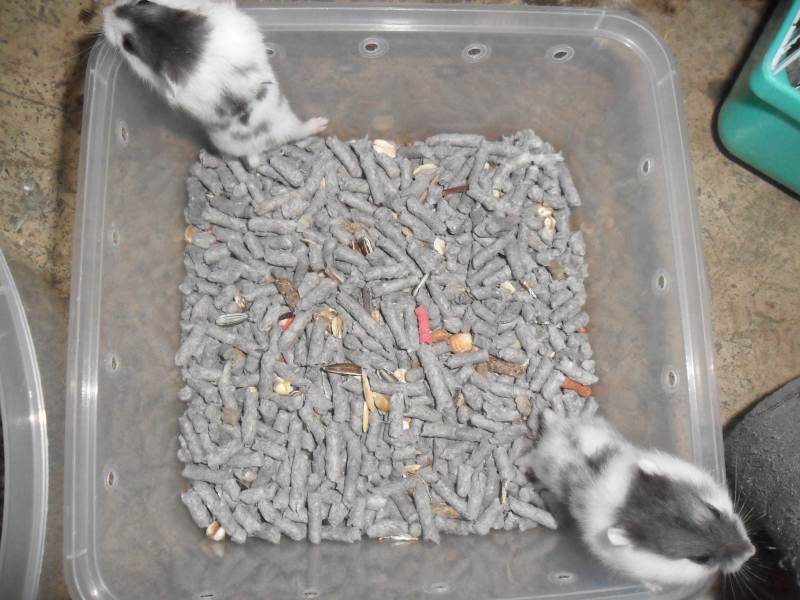Make money raising chinchillas
Chinchilla - A Romantic History About the Chinchilla Housing and Caging Feeding. The Chinchilla has been internationally prized for its luxuriously soft fur since shortly after the conquest and occupation of Spanish America. There, on the dry slopes of the Andes in Chile, Peru, Bolivia and Argentina, they flourished in the wild state. Chinchilla got its name from the Chincha Indians, who used the chinchilla for food and clothing.
During the 15th Century, a tribe of Indians, the Chinchas, had hunted and trapped this tiny animal subsisting on the meat and using the skins to sleep on.
Old Ads -- The Chinchilla Bubble of in SoYo Snaps Forum
They also wore robes woven from the plucked fur. So the Spaniards called this all important little animal Chinchilla after the Chinchas. In time, the Chinchas were conquered by the mighty Inca Indians. Under Inca rule, the Chinchas were forbidden to wear the Chinchilla robes.
They immediately became the fur of the Inca Royalty and adorned only those Incas who were of noble birth. In the 16th Century the Incas were, in turn, conquered by the Spaniards who demanded great tributes for their queen. A story is told of one emissary who, seeking to win favor, sent his queen a strong box filled with jewels and gold plate.
For protection, he wrapped the box in a Chinchilla robe that he had taken from an Inca Chief. The messenger, however, who was dispatched to the queen stole the jewels and gold plate and sent the queen only the box into which he had stuffed the Chinchilla robe.
So delighted was the queen with this exquisite fur that she had the messenger found and brought to court.
Instead of torture and death as he expected, the messenger was knighted as a token of her appreciation for such a rare and exquisite fur, more beautiful and luxurious than any she had ever seen before. It was a never ending source of fascination and envy to all who were fortunate enough to see Chinchilla. So great was the demand that the Spaniards in South America sought for Chinchilla with the same zeal that they searched for gold and precious stones.
The demand continued to grow faster than the supply as news of this rare and lovely fur spread over Europe. The mining ventures called the British to the Andes and, longing for their native sport, they sent to England for red foxes which they turned loose in the Chinchilla's native habitat.
On weekends, the English hunted the fox, and every day and night during the week the fox hunted the Chinchilla. Between the demand for the fur and the predator fox, the Chinchilla was reduced to near extinction by the turn of the century.

In , Mathias F. One day an Indian trapper brought one of the precious animals to the mining camp. Chapman, realizing the inestimable worth of Chinchilla, and being shocked at the destruction of the Chinchilla population, became fascinated with the idea of trapping enough animals alive so that he might bring them to the United States and raise them in captivity as the one and only means of actually saving the species.
His associates knew that the Chinchilla was practically extinct in the wilds and that all efforts to domesticate them had failed, so when Chapman actually set about his plan to rescue the Chinchilla, they thought him mad.
He hired several Indian trappers and promised them much gold for every "blue" Chinchilla they brought to him alive. At last, after four years with as many as 23 Indians covering the high peaks of the Andes mountains, a small number of these precious animals were accumulated. Eleven of these animals reached the United States and they can truly be called the "founding fathers" of today's Chinchilla population. Since when the first eleven animals were imported to the United States, the Chinchilla industry has grown from a wild promotional game to a sound, profitable business.
As late as the early 's, breeding pairs sold for thousands of dollars. The true value of Chinchilla could not be set because the pelt market had not been established. The term quality meant very little. But even during this speculative period, men with practical vision could see a great future for the Chinchilla industry.
These men recognized the potential market for Chinchilla pelts.
They formed organizations for creating a market for Chinchilla pelts. They first adopted standards to upgrade the quality of pelts. An advertising and promotion plan was soon put into effect proclaiming these quality pelts. Breeders thus found raising Chinchilla a profitable venture. Today the Chinchilla industry is thriving and growing daily. Chinchillas are one of the friendliest and cleanest animals.
They have prominent beautiful dark eyes and small short erect ears. They have long sensitive whiskers. They have no claws and use their front feet as hands. The very luxurious quality and fine texture of the Chinchilla have led people to believe the animal is fragile. This is not true. Even though they are soft and cuddly, they are a very hardy animal. They have absolutely no odor, make very little noise and are gentle and easy to raise. They have no fleas, ticks or lice and are virtually parasite free.
They clean themselves by tumbling in a pan of pumice dust. The fur itself is Chinchilla's claim to fame. Another outstanding characteristic of Chinchilla is its triple tone color, making it impossible to imitate as is the common practice when cheap fur is dyed to look like higher priced furs.
Each fur fiber has three distinct colors. Next to the skin is a deep slate gray extending about half the length of the fur. This triple toned color gives Chinchilla a shimmering glow that almost defies description. Chinchilla fur is the lightest weight fur because the leather is very soft and pliable, and is extremely light weight. Other furs are heavy, bulky and pull on the shoulders when worn. It has been said that a square yard of Chinchilla weighs no more than a square yard of silk.
The density and fineness of the fur gives it a unique softness that is almost impossible to feel.

In contrast to all other fur bearing animals, this little animal has absolutely no odor. If shavings are changed every week to ten days, there won't even be odors from the bedding or cage. This is one reason for the Chinchilla gaining such popularity for home ranching. They generally sleep during the day and feed at night. Housing of Chinchilla need not be complex. Many new ranchers start in a garage, basement or spare room.
Chinchilla buildings throughout the world are quite varied in size, shape and design. However, in areas ranging from hot humid summers to extremely cold winters, a well insulated building is desired for future housing needs.
All Free Material: Raising Chinchillas for Fun and Profit
Most people start in an existing area such as a basement, spare room or garage with just a very few animals. This is the easiest and least expensive way to start. The wise investor invests in quality breeding stock first and more elaborate buildings and equipment later. Cages vary from ranch to ranch, however, an optimum size is 12" high, 15" wide and 24" deep. Cage material can be a combination of wood, wire and metal.
A polygamous colony of one male and five females utilizing 6 cage openings occupies a space of 1' x 2' x 8'. In areas having extreme heat, especially coupled with high humidity, some air conditioning may be needed.
Feeding cost for Chinchilla is the lowest of any ranch raised fur bearing animal because they are vegetarians. Mink and fox are meat eaters. This is also true because of their size. A 24 ounce animal cannot consume very much. A simple diet of commercial pellets, hay and water is all that is required.
Usually two or three tablespoons of pellets a day is all that is required. A small alfalfa cube is also given once a week.

Pint water bottles are used and will last about ten days. Chinchillas will not overeat. They can be self fed. Other than cage cleaning time, daily care is very minimal. Cage cleaning is done weekly during humid times and every two weeks during dry times or in drier climates. Chapman Back to the top Chinchillas are one of the friendliest and cleanest animals.
Back to the top Housing of Chinchilla need not be complex. Back to the top Feeding cost for Chinchilla is the lowest of any ranch raised fur bearing animal because they are vegetarians.
Breeding and selling chinchillas : the basic economics | Chinchillamagic
For more Information, Comments or Suggestions please contact us at info canchilla. Chinchilla - A Romantic History About the Chinchilla Housing and Caging Feeding The Chinchilla has been internationally prized for its luxuriously soft fur since shortly after the conquest and occupation of Spanish America. Back to the top.
Chicago, USA ILEO Show , Donald Stephens Convention Centre.